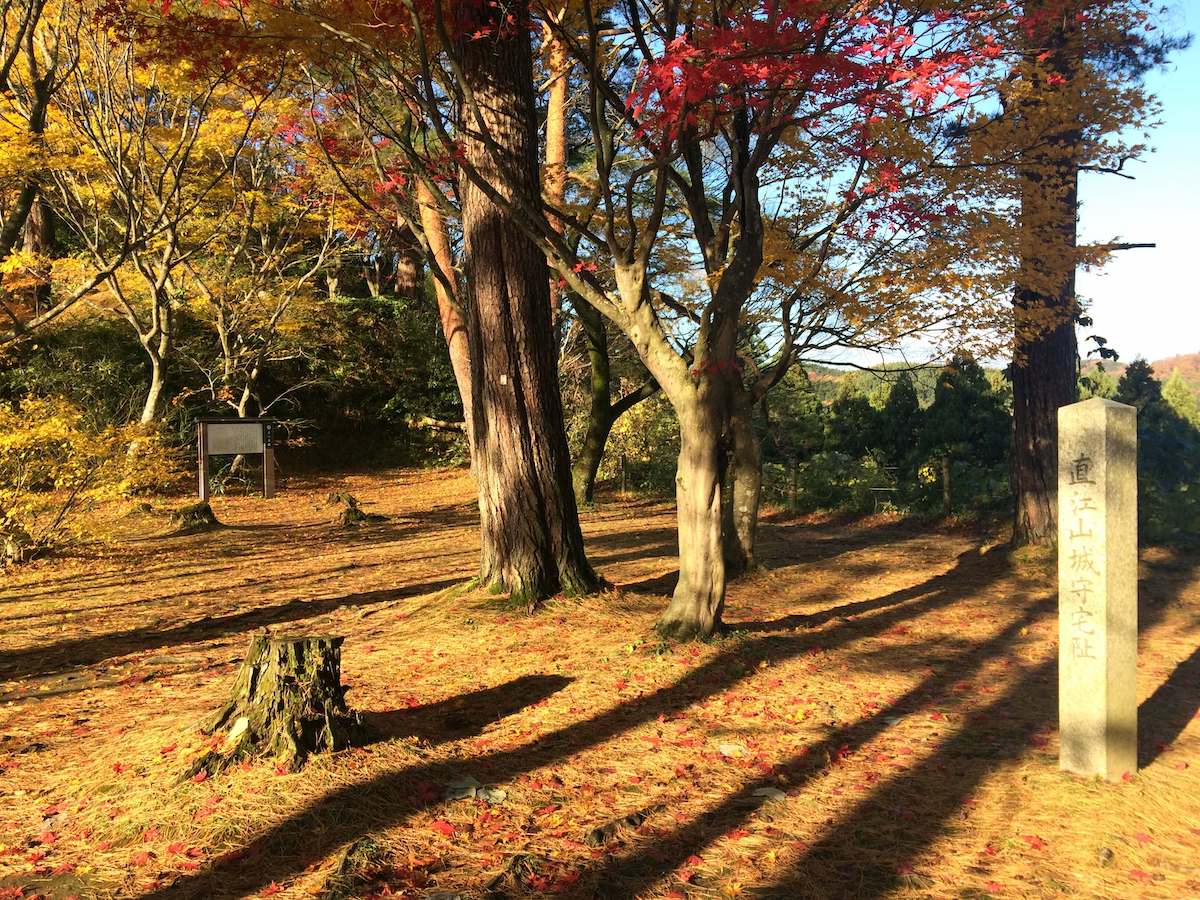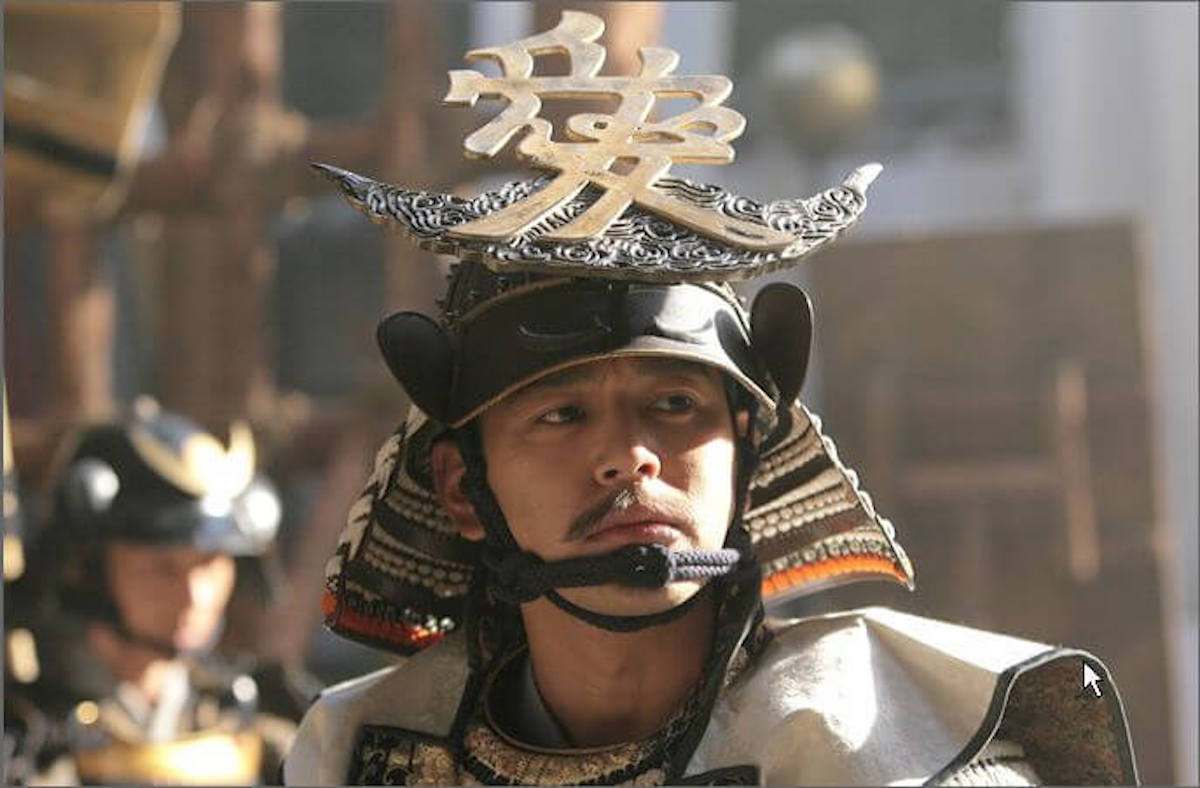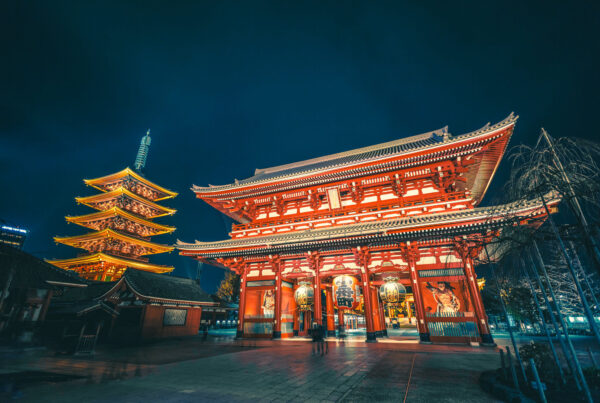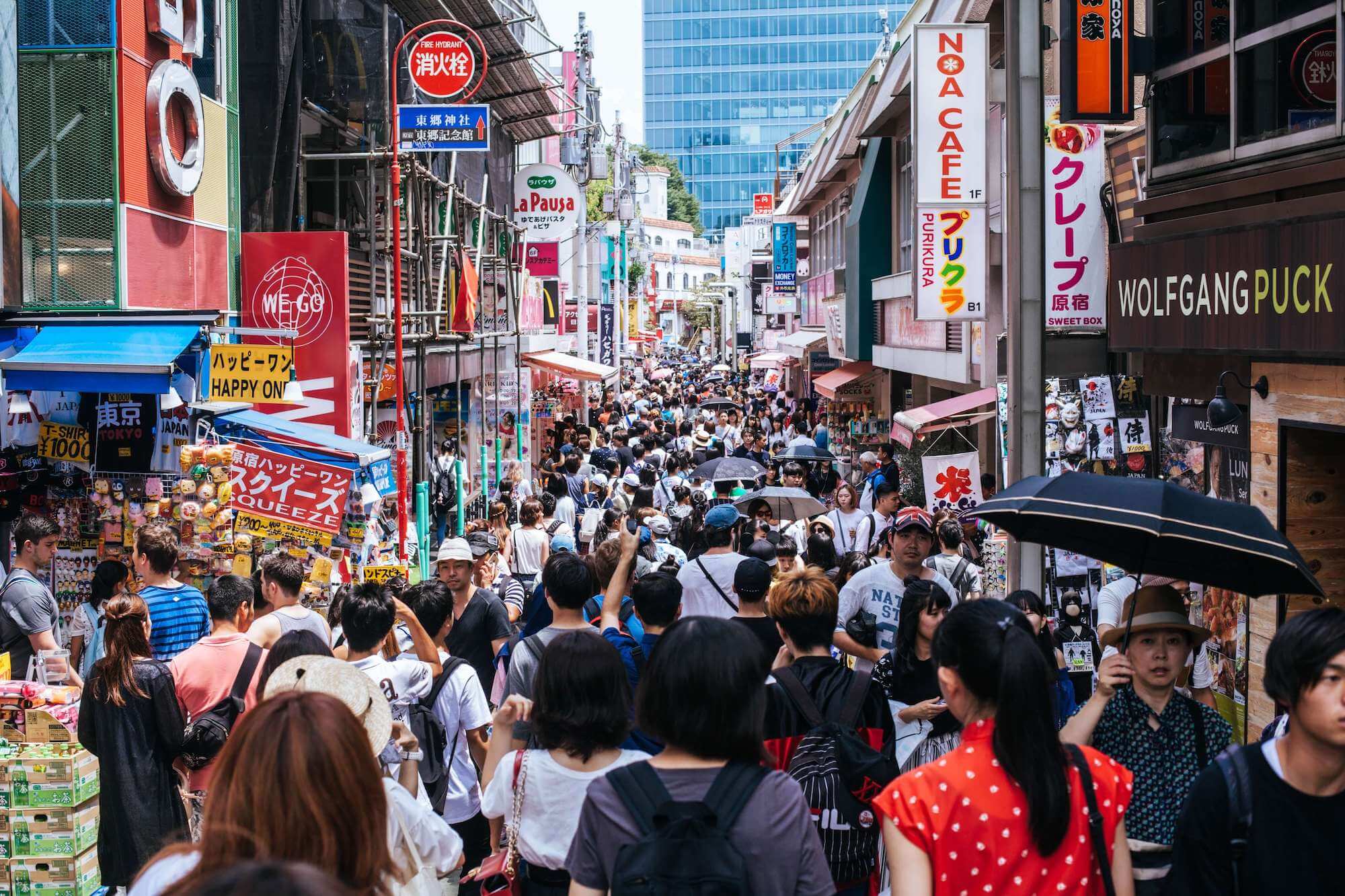If a curious mind wanted to dig up a few of Japan’s unsung gems, the Sengoku Jidai (Warring States Period) would be an excellent place to start. One of those was the wise and loyal senior retainer of the Uesugi family: Naoe Kanetsugu. While most Japanese—and Westerners— may be familiar with the Uesugi name, as in the Dragon of Echigo’s Uesugi Kenshin, Naoe Kanetsugu’s accolades aren’t as embellished. However, despite their contrasting notoriety, these two Sengoku heroes are inextricably linked and each played a role in the events leading to Japan’s ultimate reunification, specifically the actions of Naoe Kanetsugu.
MAKING THE MAN
“Higuchi Kanetsugu” (later, Naoe Kanetsugu) was born in 1560 in Echigo Province. His father, Higuchi Kanetoyo, was a vassal and retainer to the leader of Ueno-Nagao clan, Nagao Masakage. Masakage’s wife, Sentōin also had a son named Nagao Akikage (the future Uesugi Kagekatsu). Both boys would grow up to be inseparable, as well as powerful leaders.
Through a series of battles and strategic takeovers, Nagao Kagetora (Uesugi Kenshin) effectively absorbed all of the Ueno-Nagao and by default, became not only the foster father of Akikage, but also the young Kanetsugu as well. Thus, Kanetsugu took up residence as a retainer at Uesugi Kenshin’s mountain fortress, Kasugayama, in present-day Joetsu, Niigata.
However, on April 15th, 1578, disaster struck. Uesugi Kenshin died prematurely (supposedly while in the bathroom), sending the entire Uesugi clan into disarray. Kenshin’s habit for adopting kids had left the issue of succession up for grabs between his “sons” Uesugi Kagekatsu and Uesugi Kagetora—which resulted in the Otate War. Ultimately, Uesugi Kagekatsu won the right to rule the Uesugi clan, with the teenage Naoe Kanetsugu serving loyally underneath him as not only a commanding officer, but a capable strategist and leader.
The Otate War had left many parties unsatisfied with the result and not content with spoils, including one of Kagekatsu’s commanders, Naoe Nobutsuna. While at Kasugayama, Nobutsuna was involved in an ill-fated dispute between the Uesugi vassals over his reward and was killed. In order to preserve the admirable Naoe line, Kagekatsu arranged for Nobutsuna’s widow, Osen-no-Kata, to adopt Kanetsugu as her “son”, thereby simultaneously saving the Naoe and giving his faithful retainer the name he would ultimately be known for: Naoe Kanetsugu.
SEKIGAHARA AND BEYOND
Throughout his lifetime, Kanetsugu would rise as Kagekatsu’s intelligent and skillful majordomo, but also as a catalyst to the most influential battles in Japanese history with his infamous—and apocryphal—Naoe-jō (直江状).
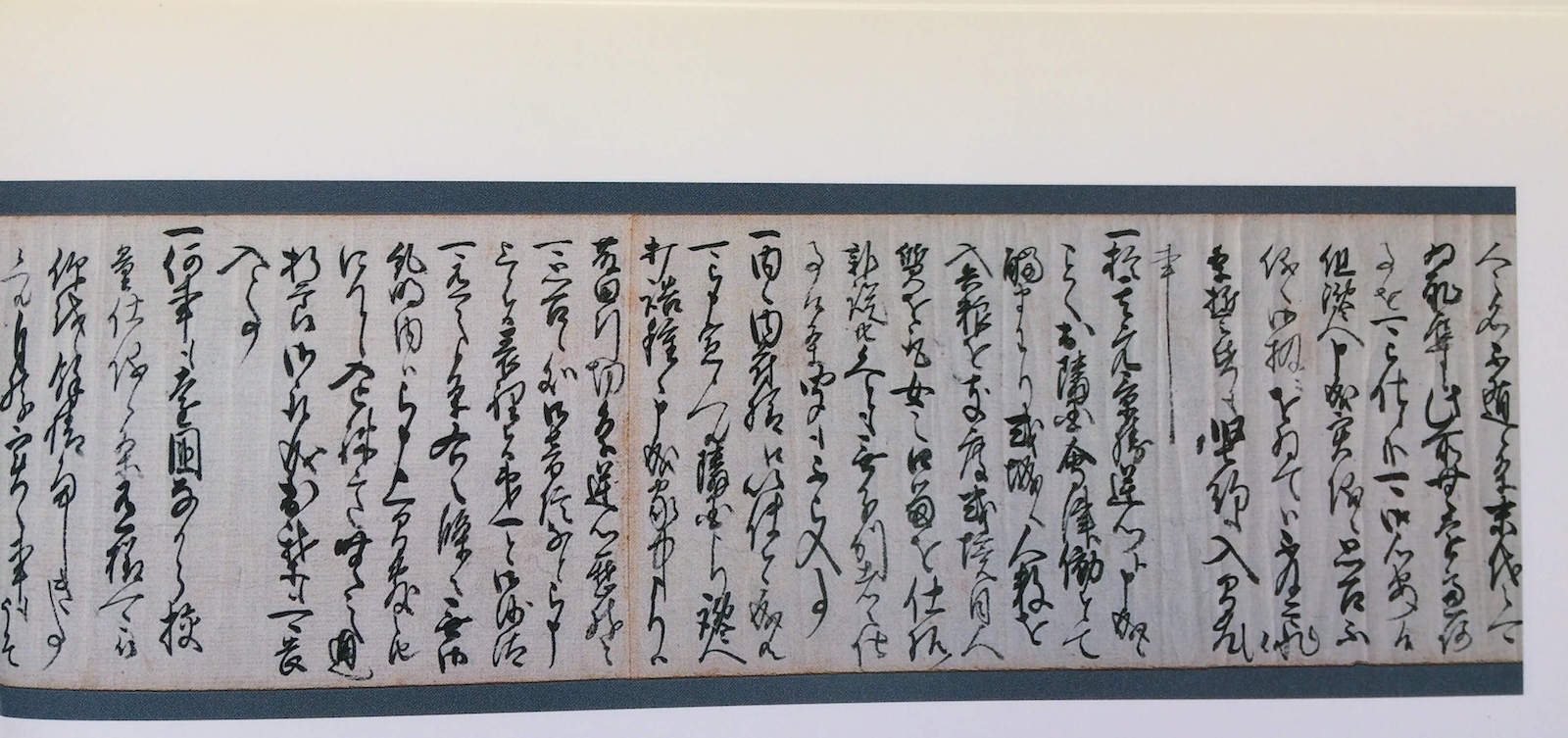
After the death of Toyotomi Hideyoshi, the smell of war against Tokugaya Ieyasu was in the air and as a precaution, Uesugi Kagekatsu ordered Kazashigahara Castle to be built in the Uesugi-controlled land of Aizu. As the castle was built in a strategically crucial position complete with a battalion of armored troops, it was a red flag to Tokugawa, but secretly a golden opportunity. He had already been planning an all-out assault to crush the opposition (the Toyotomi loyalists); he only needed the right pretext.
Tokugawa wanted an explanation for the castle in Aizu and sent Uesugi Kagekatsu a summons to explain himself in person, to which Kagekatsu flat out ignored. Annoyed, Tokugawa sent another letter demanding reasons for Kagekatsu’s absence. Naoe Kanetsugu took up the pen and submitted a tongue-in-cheek response full of logical arguments, thinly-veiled sarcasm and well-placed jabs. Historians know this from the translated copies of the letter, however, the authenticity of the letter itself has been called into question due to discrepancies and anachronisms found in the language. Regardless, the Naoe-jō is now synonymous as the correspondence that rubbed Tokugawa the wrong way and officially sparked the Sekigahara War.
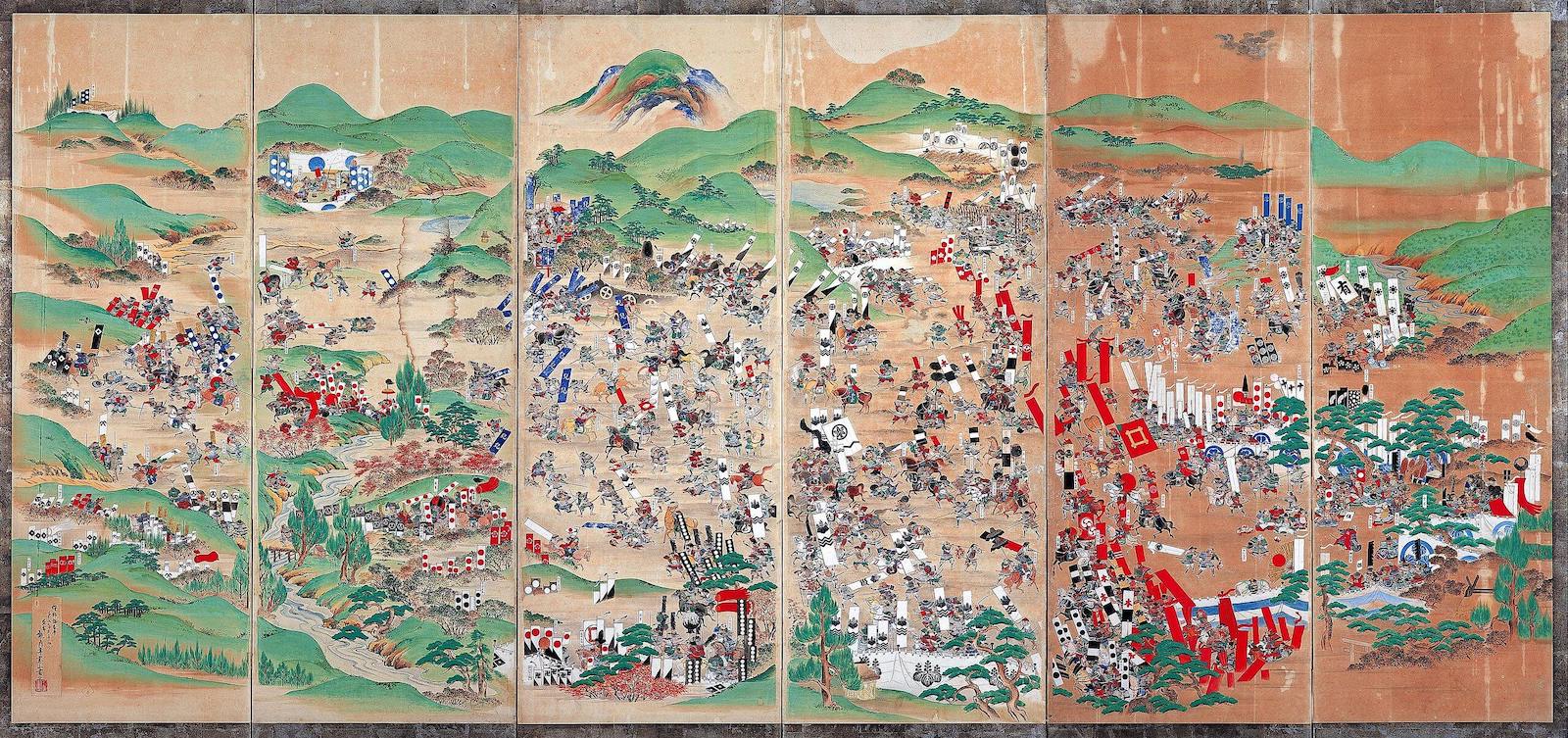
As is common knowledge, Tokugawa and his armies won the battle of Sekigahara, which put the Uesugi at the mercy of his new regime. The Uesugi were banished to their reduced lands in Yonezawa, but Kanetsugu managed to make lemonade out of the situation. He succeeded in preserving the Uesugi clan, greatly improved the infrastructure of Yonezawa and later even earned the Tokugawa shogunate’s full respect by developing and manufacturing matchlock guns that helped achieved victory in the Siege of Osaka.
WHAT’S LOVE GOT TO DO WITH IT?
While under Kenshin’s tutelage at Kasugayama, Kanetsugu was heavily influenced by Buddhist teachings, with a focus on righteousness and love. These traits would be fully manifested on Kanestugu’s trademark helmet placket, which was famously known for the kanji character 愛, or love. In fact, there is a chance that Kanetsugu’s armor is more popular than the man himself!
While it is true that Kanetsugu was raised to seek honor and virtue, his helmet may need some explaining. In the Sengogu Jidai, an affectionate word would have been koi (恋), not ai (愛). According to Naoe historian, Aikawa Tsukasa, Naoe’s choice of kanji can be attributed not towards a love towards his fellow man, but instead as reverence to the Buddhist war gods Aizen Myo’O (愛染明王) and Atago Gongen (愛宕権現), as the first kanji character is also 愛. We can then imagine the helmet as a type of prayer to the gods for victory on the battlefield, and not a Valentine’s Day card to mankind.
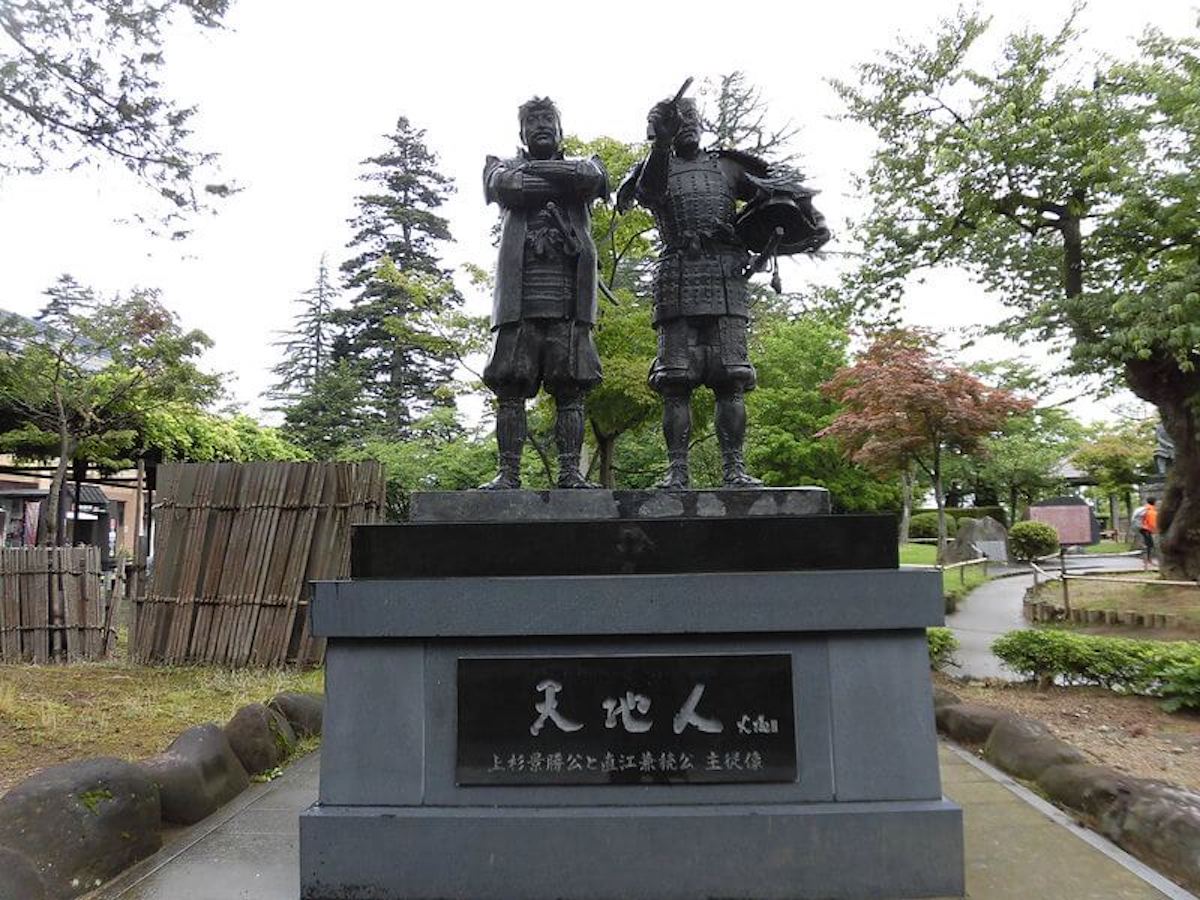
Naoe Kanetsugu’s grave, as well as temples and museums related to the Uesugi clan, can be visited on the Yonezawa Castle grounds in the city of Yonezawa. For those who crave a more dramatic perspective, the 20-hour NHK series “Tenchijin” should be more than enough time to get acquainted.

Josh Furr
Joshua first came to Japan with his family over 10 years ago and it completely ruined his life (in the best of ways). When he’s not trying to pass the JLPT, he’s researching Japanese history, enjoying 80s J-Pop and dreaming of 牛丼. He’s currently writing, writing, writing…mostly about Japan and video games.


